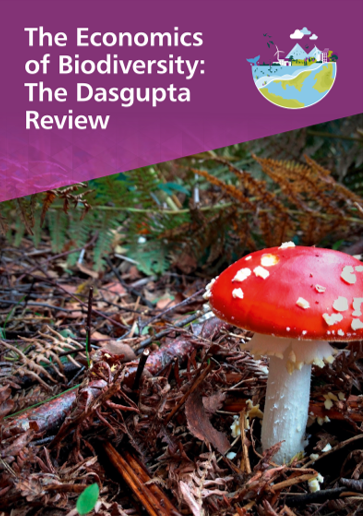A decade after The Economics of Ecosystems and Biodiversity (TEEB) another landmark review on the economic potential of nature was published today by Professor Partha Dasgupta and his team.
Posaidon Capital has reviewed the report through an institutional investor lens:
“We concur with the argument brought forward in the Review that material nature issues should be part of asset managers’ fiduciary duties. The quality and quantity of natural assets is today not properly reflected in market and asset prices. Why? Markets are bad at pricing scarcity. Markets price negative externalities and social costs but not direct value. They are beginning to sense the ecological boundaries but are still some way off those boundaries being fully and properly reflected in asset valuations. But nature does not have a price. Nor does it have a single numerical target for the required habitats to be conserved. Yet it stores immense financial value that can be unlocked through bottom-up, collaborative and decentralized valuation models. These values are accountable on corporate and sovereign balance sheets. Employing a polycentric governance approach might help us overcome the free-rider problem of unsustainable use of common goods, which have no defined geographic or political boundary, and could be harnessed to boost biodiversity conservation in the face of increasing globalization.
In nature, most of the knowledge is community-based. The funding, however, is mostly international. To determine the character of an optimal investment, as the Review rightly asks for, decisions are today often deferred to groups of experts, committees, or panels with no or limited knowledge of the local context. There is, however, surprisingly little empirical research on the performance of group decision making related to the environment and nature. Complex problem solving requires more than collating and estimating facts; it assumes active coordination of cognitive resources and mental activity based on detailed factual data. Globalization allows individuals to connect peer-to-peer. Distributed knowledge could be aggregated efficiently in competitive settings. In this way, financial value creation can be democratized and an investment strategy be nested within the local context to ensure inclusive, just wealth.
Today, investment portfolios are generally not aligned with expected nature pathways. This will likely result in financial losses arising from fluctuations in the market values of positions held by investors. We need a novel approach in a nascent field – spatial finance – to combine the best of geospatial analytics and modern portfolio construction to create new value signals. The aim must be to inform wiser, science-based choices about where and when to invest in nature by addressing the key leverage points. Can we digitalize all the data present onto a single platform that can help the finance industry navigate conservation and restoration? Can it break down the complexity behind tipping points into something that people can act upon? We need to simplify the language and lower the barriers to entry. We need investment products designed for this specific purpose. This will reduce uncertain profitability when portfolios are next turned over. Portfolio profits and losses linked to nature will for the first time be explainable across markets. The transformed and the legacy system will need to run in parallel for some time. We need to find ways to allow for that.”


